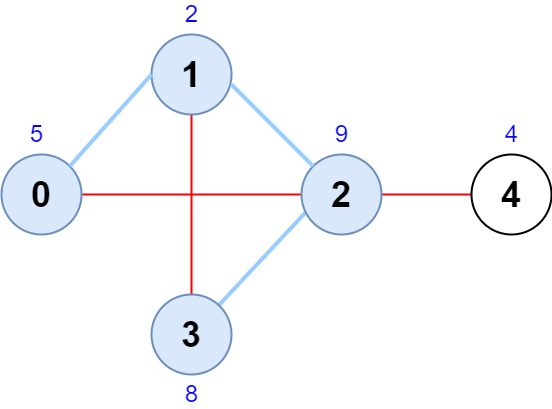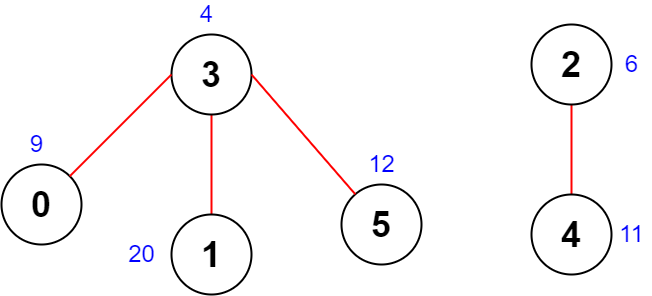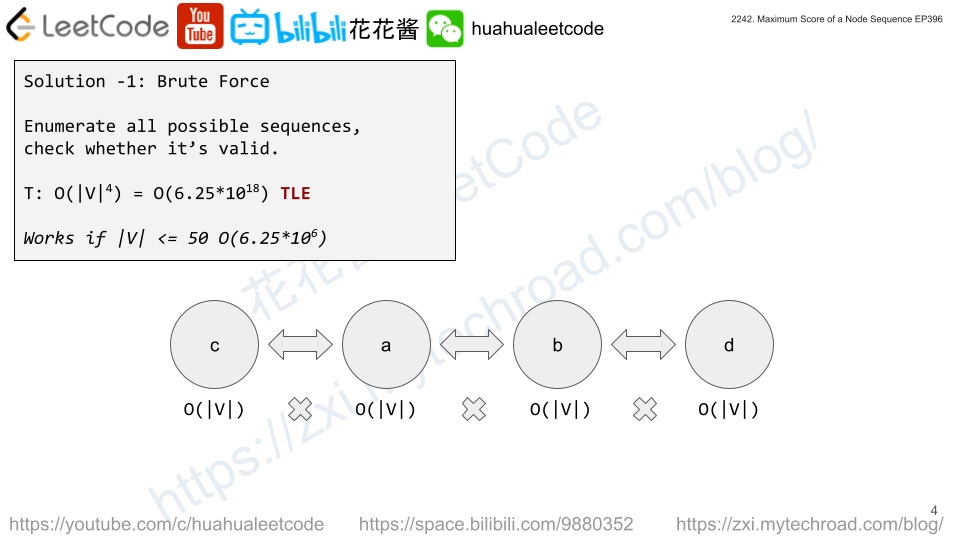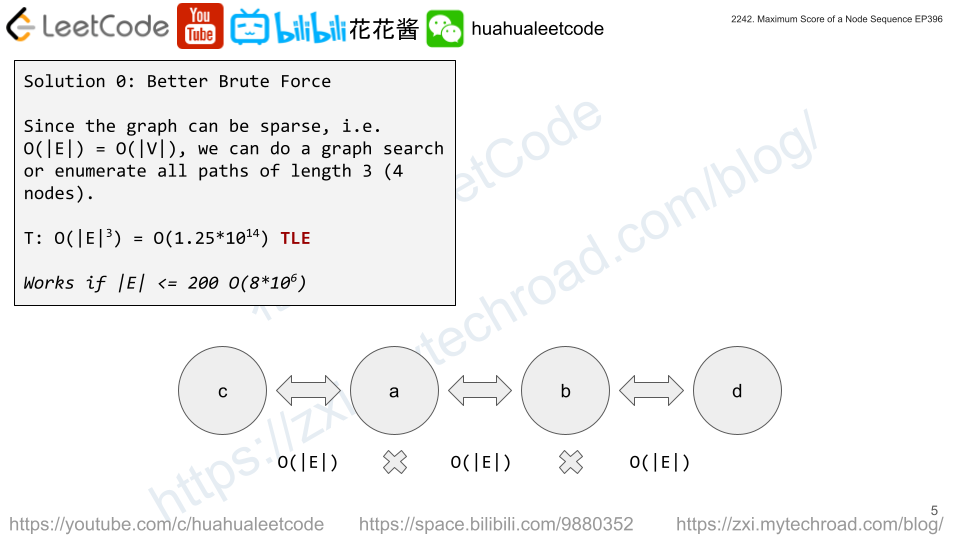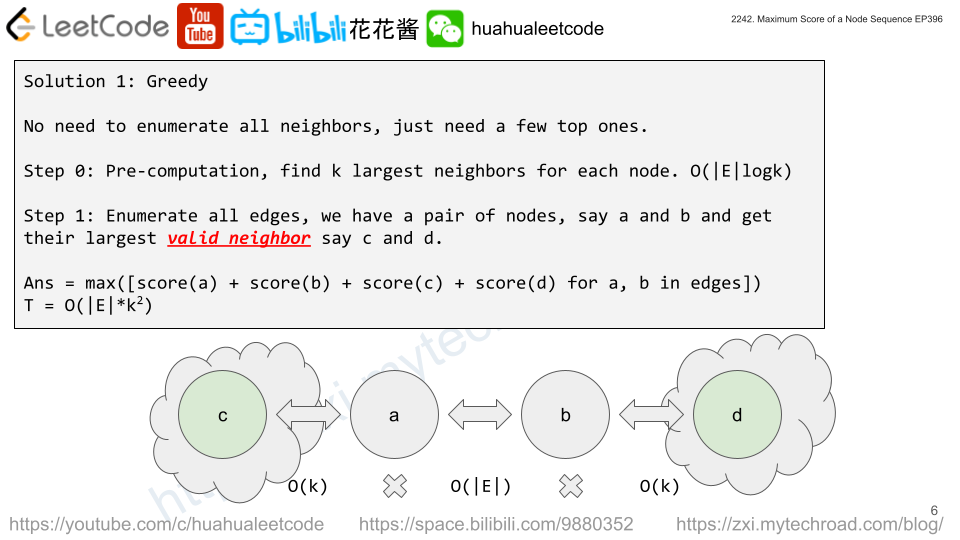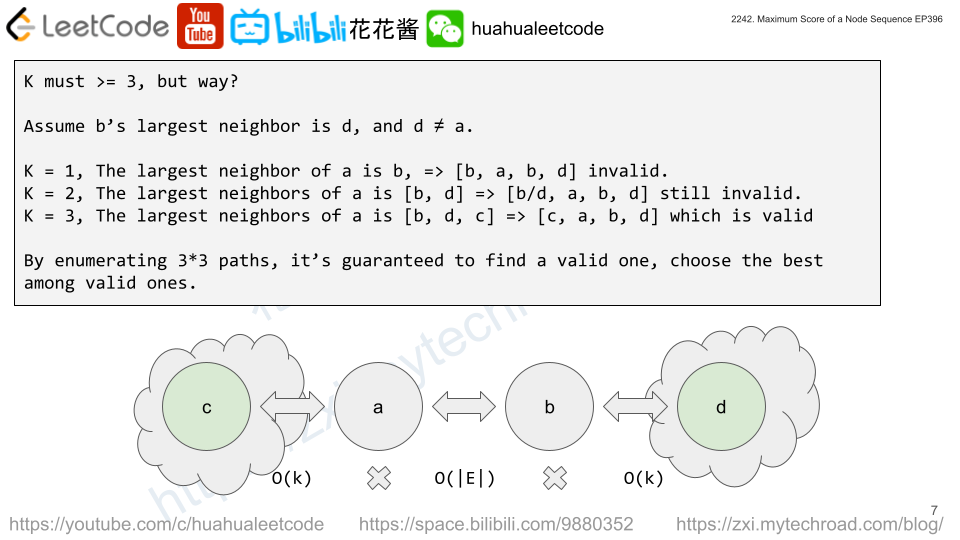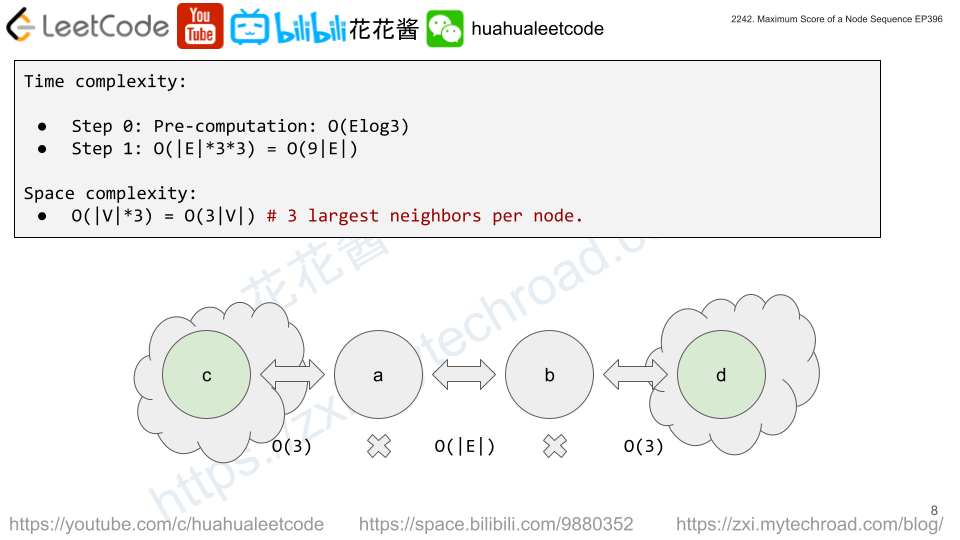You are given a string s consisting of digits and an integer k.
A round can be completed if the length of s is greater than k. In one round, do the following:
- Divide
sinto consecutive groups of sizeksuch that the firstkcharacters are in the first group, the nextkcharacters are in the second group, and so on. Note that the size of the last group can be smaller thank. - Replace each group of
swith a string representing the sum of all its digits. For example,"346"is replaced with"13"because3 + 4 + 6 = 13. - Merge consecutive groups together to form a new string. If the length of the string is greater than
k, repeat from step1.
Return s after all rounds have been completed.
Example 1:
Input: s = "11111222223", k = 3 Output: "135" Explanation: - For the first round, we divide s into groups of size 3: "111", "112", "222", and "23". Then we calculate the digit sum of each group: 1 + 1 + 1 = 3, 1 + 1 + 2 = 4, 2 + 2 + 2 = 6, and 2 + 3 = 5. So, s becomes "3" + "4" + "6" + "5" = "3465" after the first round. - For the second round, we divide s into "346" and "5". Then we calculate the digit sum of each group: 3 + 4 + 6 = 13, 5 = 5. So, s becomes "13" + "5" = "135" after second round. Now, s.length <= k, so we return "135" as the answer.
Example 2:
Input: s = "00000000", k = 3 Output: "000" Explanation: We divide s into "000", "000", and "00". Then we calculate the digit sum of each group: 0 + 0 + 0 = 0, 0 + 0 + 0 = 0, and 0 + 0 = 0. s becomes "0" + "0" + "0" = "000", whose length is equal to k, so we return "000".
Constraints:
1 <= s.length <= 1002 <= k <= 100sconsists of digits only.
Solution:
Time complexity: O(n*n/k?)
Space complexity: O(n)
C++
|
1 2 3 4 5 6 7 8 9 10 11 12 13 14 15 16 17 |
// Author: Huahua class Solution { public: string digitSum(string s, int k) { while (s.length() > k) { string ss; for (int j = 0; j < s.length(); j += k) { int sum = 0; for (int i = 0; i < k && i + j < s.length(); ++i) sum += (s[j + i] - '0'); ss += to_string(sum); } ss.swap(s); } return s; } }; |
